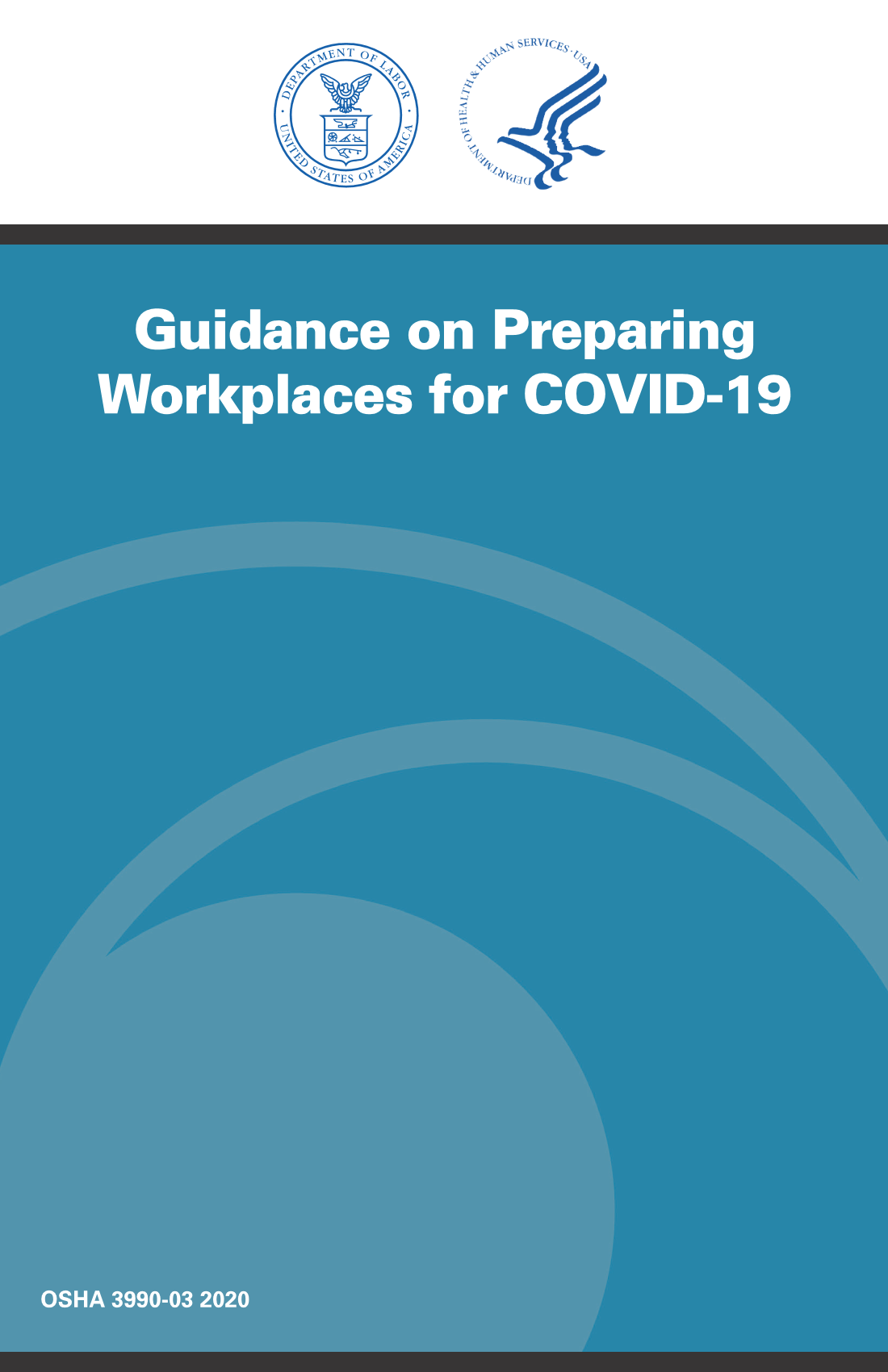Open enrollment is something you probably only think about a few times a year. For employees, it might be even less often. And that’s unfortunate because that means employees may not be maximizing their benefits. That’s why it’s important to touch on benefits throughout the year—to ensure employees are making the most of them.
This article offers five steps for providing employees with thoughtful, year-round benefits engagement.

1. Have a Goal in Mind
It’s no good to send random communications to employees. Your benefits communications should be informed by a clear goal. For instance, your goal may be to reduce employee questions during open enrollment. From there, you could survey employees to figure out their top questions to ensure you hit the right marks.
2. Keep Topics Relevant
As you communicate throughout the year, don’t lose sight of your goal. You’ll want to make sure each message is relevant to both your main objective and to employees’ interests or benefits options. With your communications, employees will immediately want to know “what’s in it for me,” so be sure to stay on topic.
3. Aim for Brevity
All your messaging should get straight to the point. Employees can get tired of seeing the same information over and over. If your communications go on and on, employees will be disinterested even faster. The basic message formula should be:
- The pitch: “Here’s something you may not know about your benefits.”
- The why: “This is why it’s important to you.”
- Call to action: “Here’s what you should do to learn more about this information.”
If you find that a communication has multiple versions of these elements, that may be a sign that it’s too lengthy.
4. Change Up the Medium
Not everyone retains information in the same way. So instead of sticking to one medium, be sure to vary your communication methods. This could mean mailing print flyers, sending mass emails, posting videos on an intranet site and tacking up posters. The idea is to get your message out through every channel available.
5. Set Up a Communication Calendar
Having communications that are goal-oriented, relevant, punchy and multichanneled is great, but you must also know when to send them. Consider setting up a communication calendar to help. Think about important dates, and schedule messaging for those instances. At the very least, having a calendar will help you space out communications to reduce messaging fatigue.
Speak with Harmony Roze, Saas HR for more benefits tips and deliverables, including tailored employee communications.








